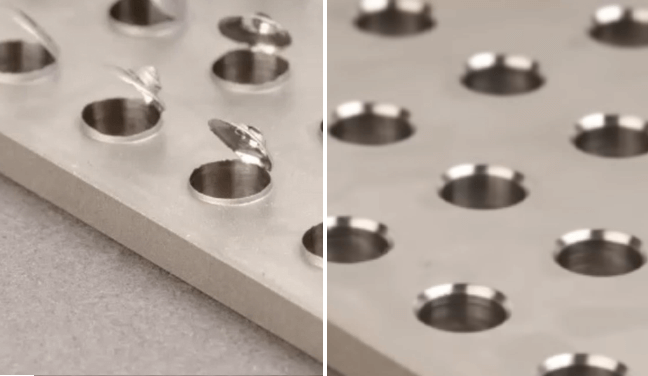The type of product you intend to create may change the type of beverage processing you utilize. For instance, processing is different for alcoholic and non-alcoholic beverages, and it is different for carbonated and non-carbonated drinks, as well.
What Happens with Soft Drinks?
In the majority of cases, soft drinks are manufactured at local factories. The franchise owners grant licenses to bottlers who are required to combine the ingredients according to the original recipe and follow the same procedures.
Clarifying the Water
Having clear water is crucial in the case of soft drinks. Impurities like bacteria, suspended particles and organic matter will affect the color and taste of the drink. These are removed through chlorination, filtration and coagulation. Coagulation refers to the process of adding substances to the water to make these particles larger and easier to trap by the filtration system.
Dechlorinating, Sterilizing and Filtering Water
The water is poured through a filtration system made of coarser beds and sand to capture all particles. Then, the water is sterilized to destroy the particles, which could ruin the taste or color of the beverage. Small amounts of water are added to a tank where it is mixed with free chlorine. The reaction takes about two hours, and then the water is dechlorinated, clearing it of organic matter.
Adding Ingredients
Sugar and flavors are added to the water through a dosing station according to the secret recipe of the manufacturer. Maintaining a constant temperature for the beverage is important, because carbon dioxide becomes more soluble as the temperature increases. For this reason, most carbonators have their own cooling system. The amount of carbon dioxide added depends on the kind of beverage produced. For instance, fruit juices need less, while the mixer drinks, like tonics, require more.
Good to Go
Finally, the beverage is added to bottles or cans using high water pressure. These are instantly sealed with steel crowns or tinplates. In the majority of the cases the soft drinks are cooled down during the manufacturing process, so they must be heated to room temperature before labeling to avoid condensation. For this process, the bottles are sprayed with warm water and then dried. The labels are usually made of paper or plastic and they are pre-printed. In the end, the bottles are added to boxes and shipping containers and then distributed all over the region.
Although beverage processing might seem simple and easy, there are strict guidelines a company must follow. Companies need special equipment to ensure the quality of each finished product. The combination of excellent equipment and superior guidelines all beverages produced all over the world to have the same taste and quality regardless of the manufacturer.



